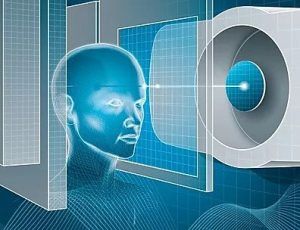| 2 YEAR (Block D) |
2 semester | 8 CFU |
| (from Physics LM-17 ) | |
| Prof. Michele BUZZICOTTI | A.Y. 2025-26 |
| Code: 80300140 SSD: FIS/01 https://www.master-mass.eu/ |
- PREREQUISITES: Basic concepts of Linear Algebra, Mathematical Analysis and Python Programming
- OBJECTIVE: The lectures are thought to give a solid knowledge of the theoretical Machine Learning (ML) background. A special focus is given to the ML application for data analysis of physical systems. The students will also learn how to implement a typical ML model using the standard libraries in a Python environment.
 UNIVERSITA' DEGLI STUDI ROMA "TOR VERGATA"
UNIVERSITA' DEGLI STUDI ROMA "TOR VERGATA"











